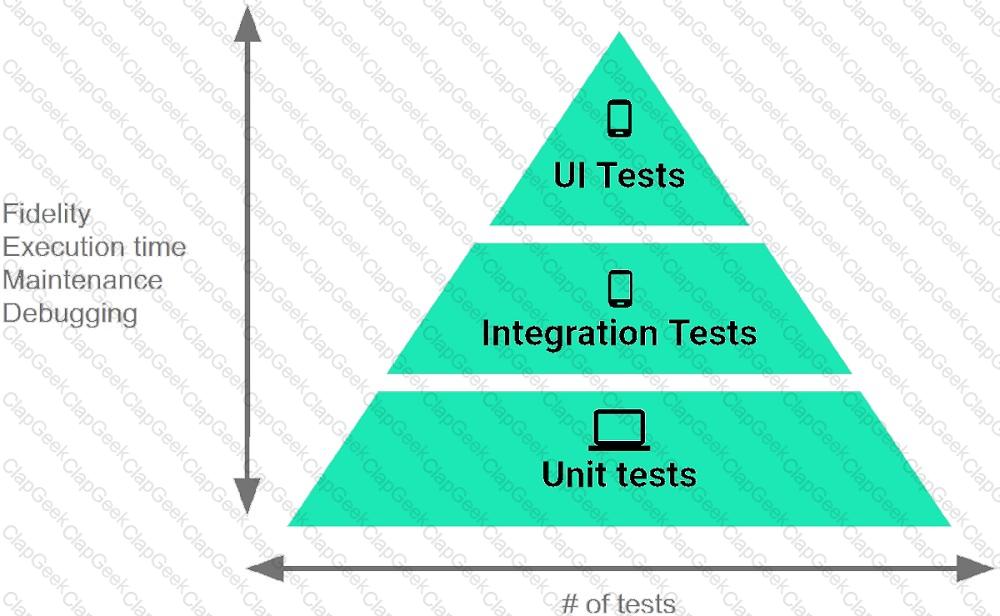An overridden method onCreateOptionsMenu in an Activity returns boolean value. What does this value mean?
In our TeaViewModel class, that extends ViewModel, we have such method:
public LiveData
}
An observer in our Activity (type of mViewModel variable in example is TeaViewModel) is set in this way:
mViewModel.getTea().observe(this, this::displayTea);
What will be a correct displayTea method definition?
LiveData.postValue() and LiveData.setValue() methods have some differences. So if you have a following code executed in the main thread:
liveData.postValue("a"); liveData.setValue("b");
What will be the correct statement?
“workManager” is an instance of WorkManager. Select correct demonstration of WorkRequest cancellation:
In general, you should send an AccessibilityEvent whenever the content of your custom view changes. For example, if you are implementing a custom slider bar that allows a user to select a numeric value by pressing the left or right arrows, your custom view should emit an event of type TYPE_VIEW_TEXT_CHANGED whenever the slider value changes. Which one of the following sample codes demonstrates the use of the sendAccessibilityEvent() method to report this event.
Custom views and directional controller clicks. On most devices, clicking a view using a directional controller sends (to the view currently in focus) a KeyEvent with:
Once your test has obtained a UiObject object, you can call the methods in the UiObject class to perform user interactions on the UI component represented by that object. You can specify such actions as: (Choose four.)
@Query is the main annotation used in DAO classes. It allows you to perform read/write operations on a database. Each @Query method is verified at compile time, so what happens if there is a problem with the query?
The easiest way of adding menu items (to specify the options menu for an activity) is inflating an XML file into the Menu via MenuInflater. With menu_main.xml we can do it in this way:
Filter logcat messages. If in the filter menu, a filter option “Show only selected application”? means:
SharedPreferences.Editor is an interface used for modifying values in a SharedPreferences object. All changes you make in an editor are batched, and not copied back to the original SharedPreferences until you call:
When your code execution reaches the breakpoint, Android Studio pauses execution of your app. You can then use the tools in the Debugger tab to identify the state of the app. With Step Into  you can
you can
In a class PreferenceFragmentCompat. What method is called during onCreate(Bundle) to supply the preferences for this fragment. And where subclasses are expected to call setPreferenceScreen (PreferenceScreen) either directly or via helper methods such as addPreferencesFromResource (int)?
For example, we have a file in our raw folder app/src/main/res/raw/sample_teas.json. To get an
InputStream for reading it, from out Context context, we can do this:

The Testing Pyramid, shown in the Figure, illustrates how your app should include the three categories of tests: small, medium, and large. Small tests are unit tests that :


